Mouse CXCL16 ELISA Kit
$299.00 – $419.00
ELISA Kit Detail Information
| Related Target | |
|---|---|
| Species | mouse |
| Sample Type | Serum, plasma, cell culture supernatant, and other biological samples |
| Sample Volume | 100 μL (diluent) |
| Sensitivity | 0.09 pg/mL |
| Array Range | 1.25 pg/mL – 80 pg/mL |
| Assay Time | 3.5 h |
| Recovery | 93% – 115% |
| Average Recovery | 103% |
| Intra Precision | 2.7% – 4.3% |
| Inter Precision | 3.0% - 4.9% |
| Plate | Detachable 96-well plate |
| Storage | If the reagent kit is unopened, it should be stored at 4℃. However, if it has been opened, the standard solution should be stored at -20℃, while the other components should be stored at 4℃. |
| Delivery | 4℃ blue ice transportation |
| Components | 96-well polystyrene enzyme-linked immunosorbent assay (ELISA) plate coated with anti-CXCL16 monoclonal antibody Mouse CXCL16 freeze-dried standard CXCL16 detect Antibody Standard Diluent Assay Buffer(10×) Substrate TMB Stop Solution Washing Buffer(20×) Sealing Film |
| Assay Principle | This kit utilizes the double antibody sandwich enzyme-linked immunosorbent assay (ELISA) detection technique.Specific anti-mouse CXCL16 antibodies are precoated on a high-affinity ELISA plate. Standard samples, test samples, and biotinylated detection antibodies are added to the wells of the ELISA plate. After incubation, CXCL16 present in the samples binds to the solid-phase antibodies and the detection antibodies. After washing to remove unbound substances, streptavidin-HRP labeled with horseradish peroxidase is added. After washing, a colorimetric substrate, TMB, is added and the plate is incubated in the dark for color development. The intensity of the color reaction is directly proportional to the concentration of CXCL16 in the samples.A stop solution is added to terminate the reaction, and the absorbance value is measured at a wavelength of 450 nm (with a reference wavelength range of 570-630 nm). |
Related Targets
CXCL16
CXCL16 Target Infomation Overview
- Target Symbol: CXCL16, C-X-C motif chemokine ligand 16
- Gene Groups: Chemokine ligands; Scavenger receptors
- Alias: SR-PSOX; CXCLG16; SRPSOX
- Alias Names: CXC chemokine ligand 16; chemokine (C-X-C motif) ligand 16
CXCL16, C-X-C motif chemokine ligand 16 Target Infomation by Species
- Human
- Mouse
- Rat
Human CXCL16 Target Information
- Target Symbol: CXCL16, C-X-C motif chemokine ligand 16
- Alias:
- C-X-C motif chemokine 16
- chemokine (C-X-C motif) ligand 16
- CXC chemokine ligand 16
- CXCLG16
- scavenger receptor for phosphatidylserine and oxidized low density lipoprotein
- small-inducible cytokine B16
- SR-PSOX
- SRPSOX
- transmembrane chemokine CXCL16
- NCBI_Gene: 58191
- UniProtKB: Q9H2A7
Human CXCL16 Predicted Functions
Enables chemokine activity. Involved in several processes, including positive regulation of cell growth; response to interferon-gamma; and response to tumor necrosis factor. Located in extracellular space. Biomarker of COVID-19 and systemic scleroderma.
Mouse Cxcl16 Target Information
- Target Symbol: Cxcl16, chemokine (C-X-C motif) ligand 16
- Alias:
- 0910001K24Rik
- AV290116
- BB024863
- expressed sequence AV290116
- expressed sequence BB024863
- RIKEN cDNA 0910001K24 gene
- Scavenger Receptor
- SR-PSOX
- SR-PSOX/CXCL16
- NCBI_Gene: 66102
Mouse Cxcl16 Predicted Functions
Enables chemokine activity; low-density lipoprotein particle receptor activity; and scavenger receptor activity. Involved in T cell chemotaxis and cellular response to lipopolysaccharide. Located in extracellular space. Is integral component of membrane. Is expressed in bladder; female associated reproductive structure; hindbrain meninges; male associated reproductive structure; and spinal cord meninges. Orthologous to human CXCL16 (C-X-C motif chemokine ligand 16).
Rat Cxcl16 Target Information
- Target Symbol: Cxcl16, C-X-C motif chemokine ligand 16
- Alias:
- C-X-C motif chemokine 16
- chemokine (C-X-C motif) ligand 16
- similar to chemokine (C-X-C motif) ligand 16
- small-inducible cytokine B16
- transmembrane chemokine CXCL16
- NCBI_Gene: 497942
Rat Cxcl16 Predicted Functions
Predicted to enable chemokine activity; low-density lipoprotein particle receptor activity; and scavenger receptor activity. Predicted to be involved in several processes, including T cell chemotaxis; cellular response to lipopolysaccharide; and response to interferon-gamma. Predicted to be integral component of membrane. Predicted to be active in extracellular space. Orthologous to human CXCL16 (C-X-C motif chemokine ligand 16).

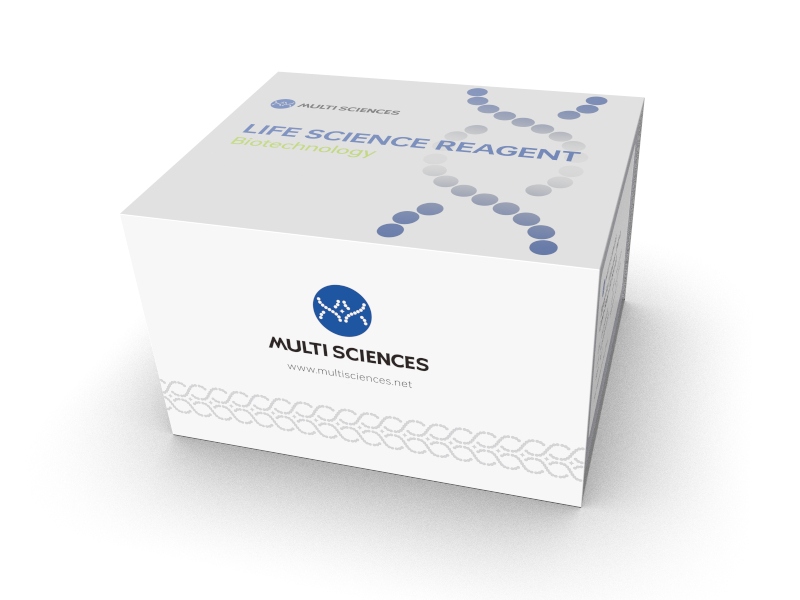
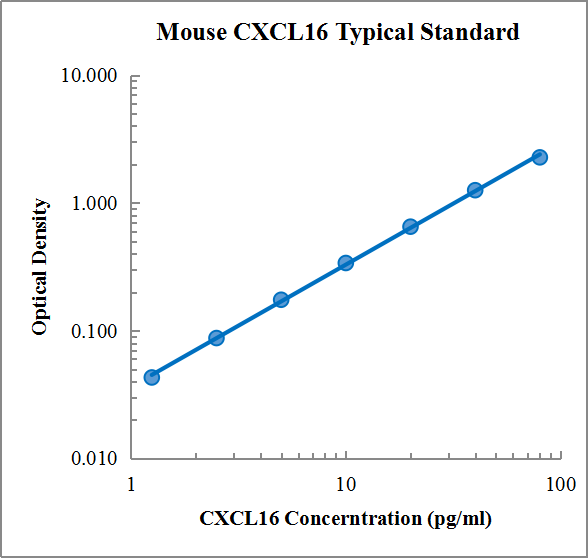
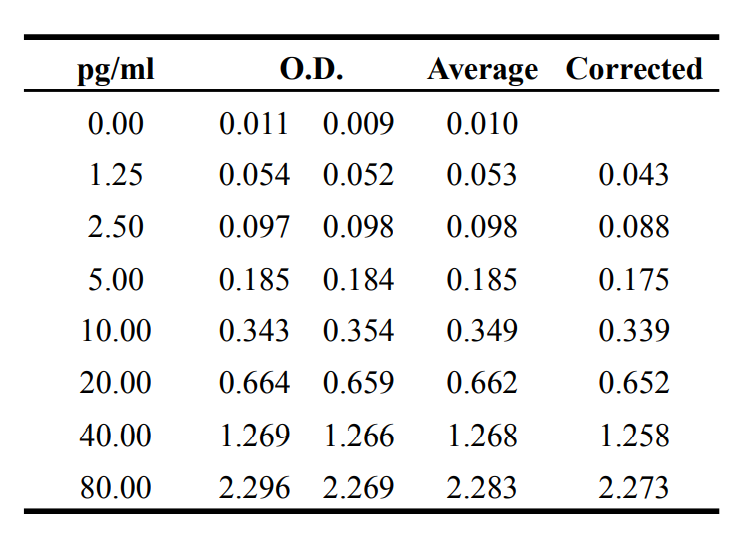
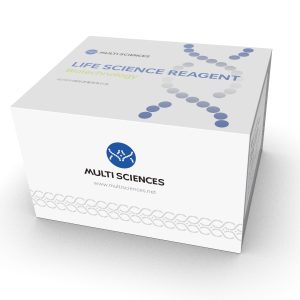

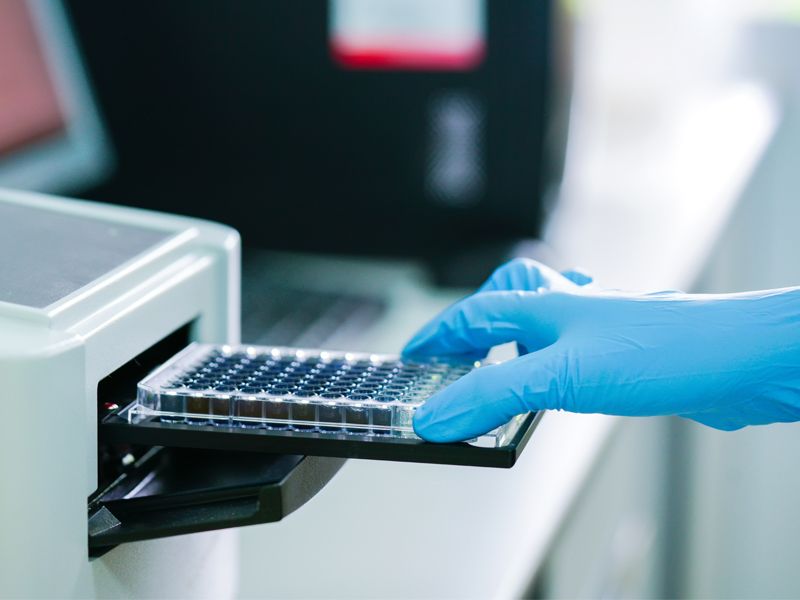
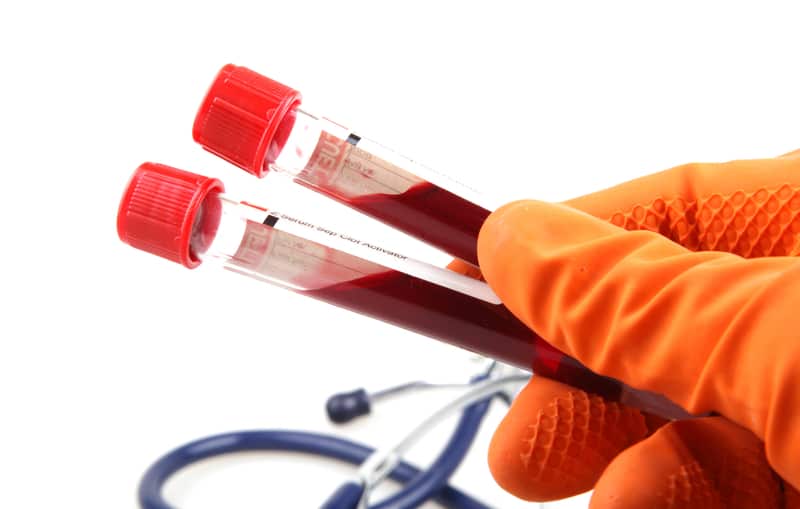
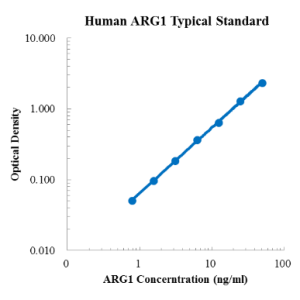
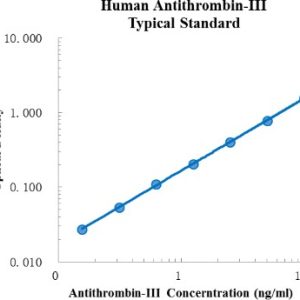
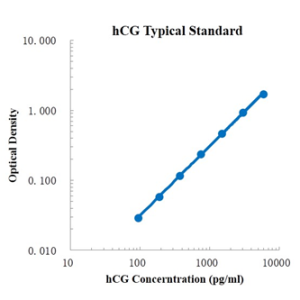
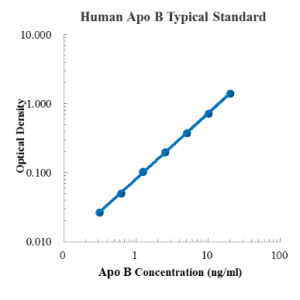
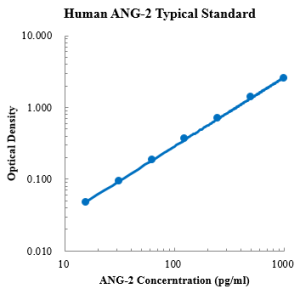
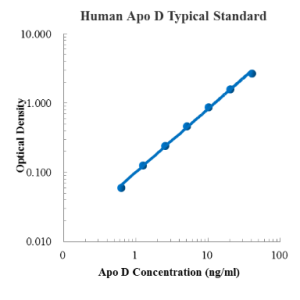
Reviews
There are no reviews yet.